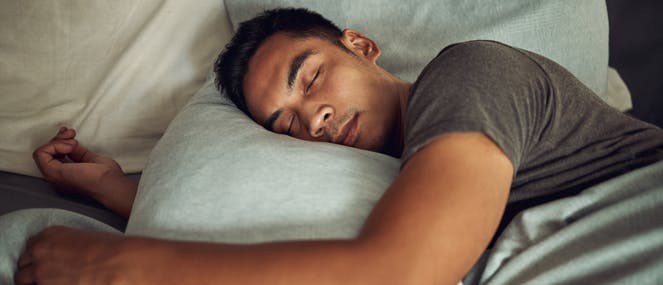
- Health hub/
- A Guide To Men's Health And Supplements/
- Does cycling affect your fertility?


How can cycling reduce fertility?
There are a few mechanisms whereby exercise could negatively impact upon fertility. Firstly, endurance athletes such as long-distance male runners (at least 108 kilometers a week) have been shown to have lower levels of testosterone, which could potentially affect reproductive function. This may also impact long-distance cyclists. In addition, the elevated scrotal temperature associated with cycling may adversely affect spermatogenesis (the process of making sperm cells). Previous reports have shown competitive cyclists can have abnormal sperm morphology (an indicator of healthy size and shape) and reduced sperm motility (the ability of the sperm to move and swim) during periods of racing.
New research
A study published in the journal Fertility and Sterility examined the link between regular exercise and semen quality among 2,261 men attending an infertility clinic over a 10 year period. The researchers found no negative effects for regular exercisers, however, men who reported bicycling as their primary form of exercise had a lower sperm concentration and lower levels of total motile sperm. They also discovered that the longer a man cycled, the greater the negative impact on total motile sperm, with men who cycled for 5 or more hours a week showing the lowest scores. They also cited previous research which found some cyclists experience genitourinary problems, such as erectile dysfunction and nerve entrapment syndrome (pain in the pudendal nerve in the pelvis, resulting in genital numbness, and urinary incontinence).
Lifestyle implications for cyclists
Men who are concerned about their fertility don’t have to stop cycling, especially if it’s at a recreational level. But if you are a serious rider, there are a few program adjustments you can make to reduce the stress on your testes and potentially reduce any negative impact on your fertility.
- Shorter, harder rides – Rotate your training schedule to include fewer long rides, and focus on shorter, more intense rides. Plan to keep your total time on the bike to under five hours a week.
- Cross training - The more a man rides, the greater the risk may be to his fertility. Include other activities in your training program that don’t involve sitting, such as swimming, fast walking or strength training. These additional activities will help maintain or further boost your strength and fitness, but shouldn’t raise your scrotal temperature to the extent that cycling will.
- Manage your weight – Heavier men will exert more pressure on the seat. Keep your weight under control by eating well, and minimising your intake of kilojoule laden drinks such as soft drink, fruit juice and alcohol
- Move in your seat - Change positions frequently on your seat, especially if your testicals begin to feel numb on a longer ride. Stand up at times while pedalling or when cruising downhill. It may also help to have a few short breaks during long rides where you get off the bike and stretch.
- Experiment – It may be worth experimenting with different seat angles, seat heights and even different types of bike seats. Be wary of gel padding, which might seem like a good solution, but can actually make things worse, as your bottom sinks deeper into the seat, increasing pressure on the testicles.
References available upon request




